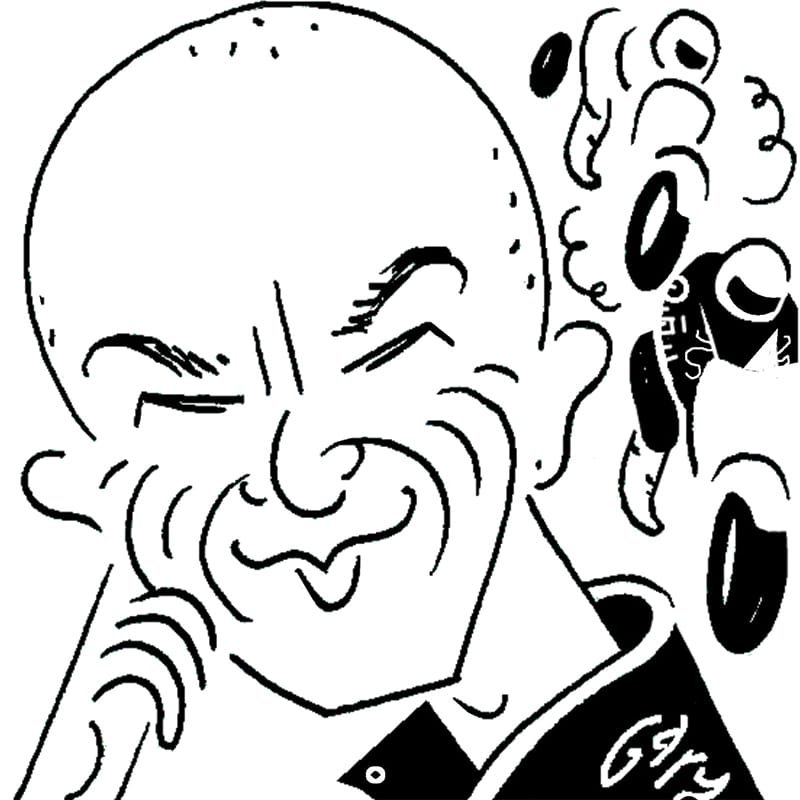'Empires rise and crumble. MotoGP is at a milestone of change': Mat Oxley
The world never stops changing and motorcycling’s elite with it. Riders and motorcycles come and go. Empires rise and crumble. And sometimes ancient empires arise from the dust. MotoGP seems to find itself at such a milestone of change. The Japanese factories that have dominated appear to be in decline, while European manufacturers, which ruled the first few decades of the championship, are now reasserting themselves.
A few months ago Suzuki stunned the paddock by announcing its withdrawal from MotoGP. A few weeks later Yamaha revealed it will halve its presence next year because its independent team will run Italian machinery. At June’s German Grand Prix, Honda failed to score a championship point for the first time since 1981. At the very next race, Yamaha was out of the points for the first time since 1985.
Next year’s grid will number 22 bikes – 16 European machines and only six from Japan. How things have changed. Japan’s takeover of GP racing began in the smaller classes during the 1960s and by the mid-1970s its industry had conquered the premier class. In 1977 every rider that scored points in the 500cc world championship rode a Japanese motorcycle.
There’s no doubt MotoGP is changing again. But why? Covid has certainly played a part. The 2020 and 2021 seasons were almost exclusively staged in Europe, creating huge logistical problems for the Japanese teams. Yes, Suzuki and Yamaha won the 2020 and 2021 riders MotoGP titles, but their inability to move staff and freight around as usual definitely impacted their momentum, as well as Honda’s; the most successful manufacturer of them all.
MotoGP is changing because the world is changing. Suzuki lost interest in the motorcycle market, releasing only revamped models of late. The economic impact of the pandemic, Ukraine and the confusion caused by the shift towards EVs may also have given Suzuki’s directors the jitters; time to batten down the hatches?
The Japanese conquered MotoGP on the back of a surging global motorcycle market, which they quickly dominated thanks largely to the country’s rapidly expanding industry, propelled by huge American investment during the Korean and Vietnam Wars, as well as substantially superior engineering. Why would anyone buy a Norton, which might not get you to your destination, when you could buy a Honda, which almost certainly would?
The European industry of that time didn’t know what had hit it. MV Agusta was the last race department to fall to the Japanese, simply because it wasn’t funded by motorcycle sales. Count Domenico Agusta’s successful hobby – 17 500cc riders titles from 1958 to 1974 – was bankrolled by his lucrative aviation business, which built helicopters under licence to Bell.
Other European motorcycle brands that tried to beat the Japanese were doubly damned. Not only were they behind technically and badly managed, they’d also had their profits decimated by the unstoppable engineering and marketing force from the East.
Racing budgets were slashed, development was stalled and thus results went from bad to worse. In the late 1960s most European brands were still racing ancient single-cylinder 500s, producing around 50hp, while MV’s 500cc triple made 80hp. When the Japanese factory two-strokes started arriving in the early 1970s they were making close to 100hp.
“Honda failed to score a point for the first time since 1981”
European garagistes fought an inevitably unsuccessful rear-guard action, creating their own grand prix machines because local manufacturers had nothing to offer them.
Giuseppe Pattoni and Lino Tonti – former engineers at the Mondial factory – built the Paton 500 twin, which scored many podium places in the late 1960s and early 1970s. Tonti, originally an aeronautical engineer, built another 500 twin, essentially two 250cc singles from Aermacchi, which had started out building seaplanes on the shores of Lake Varese.
Ironically, the biggest threat to MV’s dominance before the Japanese factories arrived in the 500 class was a bizarre mongrel of a motorcycle, powered by a König two-stroke outboard motor. König’s Kim Newcombe might have beaten MV to the 1973 title if he hadn’t died following a Silverstone crash.
So what troubles MotoGP’s Japanese manufacturers now? MotoGP technology has moved forward at a rapid rate as engineers fight to gain the edge over a tightly packed grid. Ducati pioneered downforce, using Formula 1-inspired diffusers to create more grip. Aprilia is using a ground-effect fairing with similar success. No Japanese factory has come close to matching the Italians on aerodynamics.
Japanese MotoGP engineers seem to be more conservative and consider downforce aerodynamics to be an abomination in racing. And they have an old-school respect for the rulebook, so they don’t try to read between the lines like some of their more go-getting rivals.
The Japanese manufacturers also have long chains of command, which can make decision-making a laborious process – exactly what you don’t want in a fast-moving sport. Austrian brand KTM is known for its super-fast decision making, which can have an engineer’s request turned into a 3D-printed part and delivered to the racetrack in days.
And then there’s geography. The Japanese factories have always been far away from most GP venues, although that didn’t stop them winning everything in the 1960s and 1970s.
Mat Oxley has covered motorcycle racing for many years – and also has the distinction of being an Isle of Man TT winner
Follow Mat on Twitter @matoxley













































































































































































